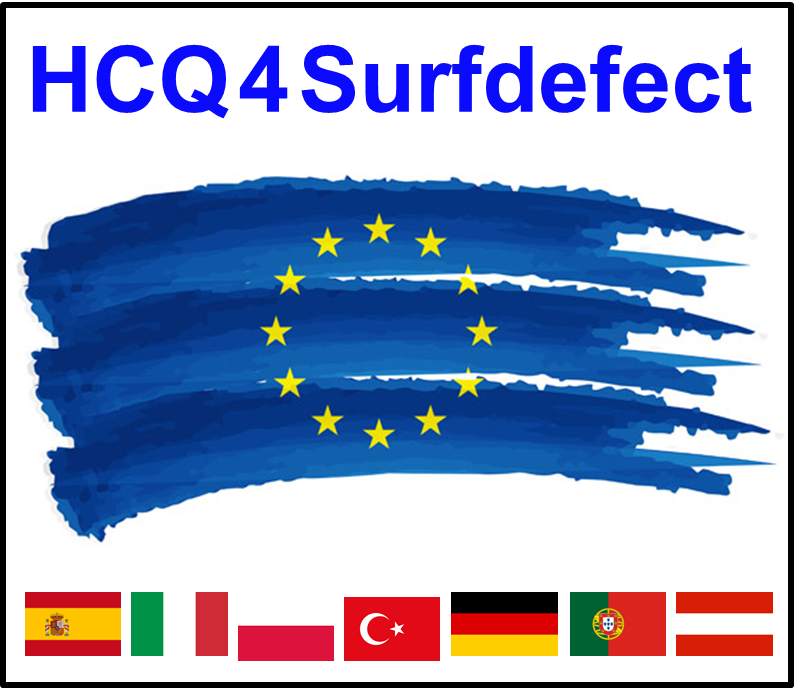HCQ4 Surfdefect
Hydroxycholoroquine in paediatric ILD_START randomized controlled in-parallel group, then switch to placebo active drug, and STOP randomized controlled in-parallel group to evaluate the efficacy and safety of hydroxychloroquine (HCQ)The surfactant dysfunction disorders are an important group of molecularly and histologically defined entities, belonging to the interstitial lung diseases in children (chILD). Mutations in genes encoding for surfactant protein C, surfactant protein B, the lipid transporter ABCA3, thyroid transcription factor 1 and others, cause a significant group of phenotypically similar chronic interstitial lung diseases with high morbidity and early mortality.
Unfortunately no successfully proven treatments are available. Beyond oxygen supplementation, nutritional support and immunizations, the small molecule hydroxychloroquine (HCQ) has been identified during decades of trial and error treatments for surfactant dysfunction disorders. Together with promising in vitro data, HCQ has the potential as an innovative lead compound for this group of diseases.
During a previous FP7 project ending 2016 the highest priority for further study in clinical trials was assigned to HCQ due to greatest patients´ needs, wide off-label usage, the results of a worldwide Delphi process and direct recommendation from the Committee for Orphan Medicinal Products (COMP) members. As part of that project the most suitable study design was developed.
This randomized phase 2b double blind clinical study of HCQ in patients with surfactant dysfunction disorders has a design which allows a flexible beginning, either the initiation or the withdrawal of HCQ. The primary objective is to investigate if HCQ improves the oxygenation compared to placebo in a group of 60 well defined subjects with surfactant dysfunction disorders. Secondary objectives of the project will generate important knowledge on patient reported outcomes, health economics and other parameters.
Intervention type: therapeutic medicinal product



